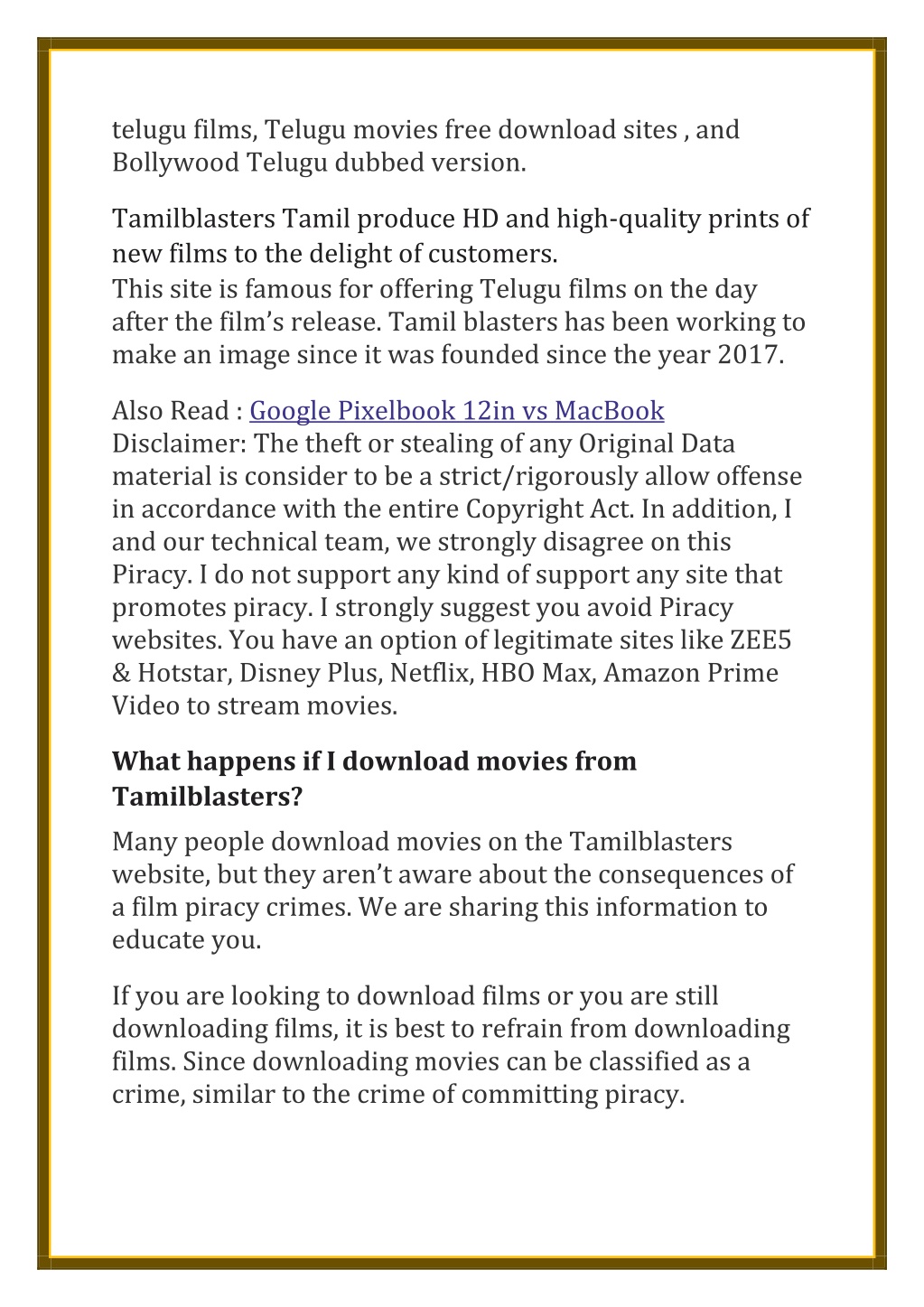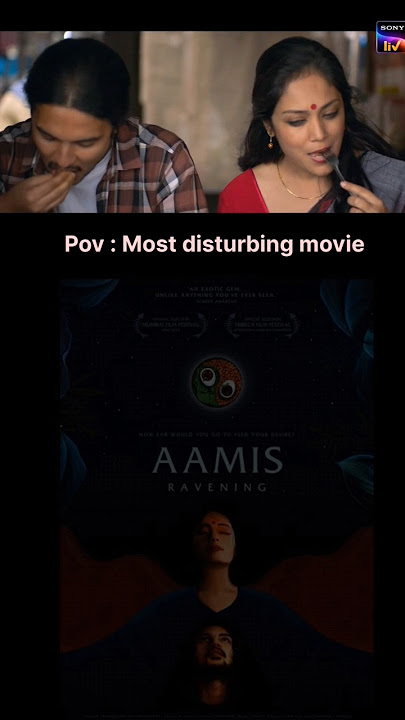Are you aware of the implications behind TamilBlasters scraping issues and the constant changes in domain names? A bold statement must be made here: illegal movie streaming platforms like TamilBlasters pose significant legal, ethical, and security risks to users. Despite these dangers, many individuals continue seeking out such services for free access to copyrighted content. This article delves into the intricacies of TamilBlasters' operations, including its history, challenges faced by users, and why it remains a popular yet controversial platform.
TamilBlasters has been a prominent name in the world of pirated content distribution, particularly among Tamil-speaking audiences. The website provides unauthorized access to Tamil, Malayalam, and other regional language films. However, frequent updates to its domain names have left many users frustrated. For instance, with the 4.3.29 self-hosted version, users noticed that TamilBlasters scraping functionality ceased working, likely due to a shift to a new domain. Such disruptions are common as authorities worldwide crack down on illegal streaming sites. Users often wonder if updating Docker environment variables could resolve these issues, but this requires technical expertise beyond the average user's capabilities.
| Attribute | Details |
|---|---|
| Website Name | TamilBlasters |
| Primary Language | Tamil |
| Content Type | Movies, TV Shows, Web Series |
| Geographical Focus | India (primarily Tamil Nadu) |
| Legal Status | Illegal under copyright laws |
| Current Domain | Varies frequently; check here for updates |
The demand for TamilBlasters stems from its extensive library of Tamil films, ranging from recent releases to classic hits. Titles such as Warfare (2025) and Khakee (2004) attract viewers who might not otherwise have access to them through legitimate channels. Unfortunately, this convenience comes at a cost. Platforms like TamilBlasters contribute to the erosion of intellectual property rights, undermining filmmakers' ability to earn fair compensation for their work. Moreover, downloading or streaming content from these sites exposes users to malware, ransomware, and phishing attacks.
Government bans and internet service provider restrictions further complicate matters for TamilBlasters enthusiasts. These measures force the site to adopt new domain names regularly, making it difficult for casual users to keep track. Some users resort to proxy servers or virtual private networks (VPNs) to bypass geographical restrictions, but even these methods are not foolproof. Additionally, relying on third-party tools introduces another layer of risk, as malicious actors may exploit vulnerabilities in these systems to compromise personal data.
Despite these challenges, TamilBlasters continues to thrive. Its appeal lies in offering instant gratification without financial commitment. Users can browse an expansive catalog of movies and shows without subscribing to premium streaming services or purchasing DVDs. While this seems advantageous, it perpetuates a culture of piracy that harms the entertainment industry. Filmmakers invest substantial resources into producing high-quality content, only to see their efforts undermined by unauthorized distribution channels.
One notable aspect of TamilBlasters is its adaptability. When one domain gets blocked, administrators quickly register a new one, ensuring uninterrupted access for loyal followers. This cat-and-mouse game between regulators and pirates highlights the complexities of combating online copyright infringement. Law enforcement agencies face difficulties tracing the operators behind such platforms, as they often operate anonymously across international borders. Furthermore, public awareness campaigns about the dangers of piracy sometimes fail to resonate with consumers who prioritize affordability over legality.
In addition to technical hurdles, TamilBlasters users encounter social and ethical dilemmas. Engaging with illegal content raises questions about moral responsibility and societal norms. Should individuals prioritize personal gain over respecting creators' rights? Or should they advocate for more affordable, accessible legal alternatives? These debates underscore the broader conversation surrounding digital media consumption and intellectual property protection.
It is worth noting that legitimate streaming platforms now offer competitive pricing and diverse content libraries catering specifically to South Indian audiences. Services like Amazon Prime Video, Netflix, and Disney+ Hotstar provide high-quality streaming experiences while compensating artists fairly. Transitioning to these platforms supports the creative industries and fosters innovation within the film sector. Yet, changing consumer behavior requires education, incentives, and collaboration between stakeholders.
As technology evolves, so too do the tactics employed by both pirates and anti-piracy advocates. Blockchain-based solutions, artificial intelligence-driven detection mechanisms, and stricter enforcement of international treaties aim to curb illicit activities. Simultaneously, advancements in encryption and anonymization technologies empower rogue operators to evade detection. This ongoing battle shapes the future landscape of digital content distribution.
Ultimately, addressing the TamilBlasters phenomenon necessitates multifaceted approaches involving legislation, technology, education, and community engagement. By fostering dialogue between all parties involved—content creators, distributors, policymakers, and end-users—we can strive toward a balanced ecosystem where creativity flourishes alongside ethical consumption practices.



